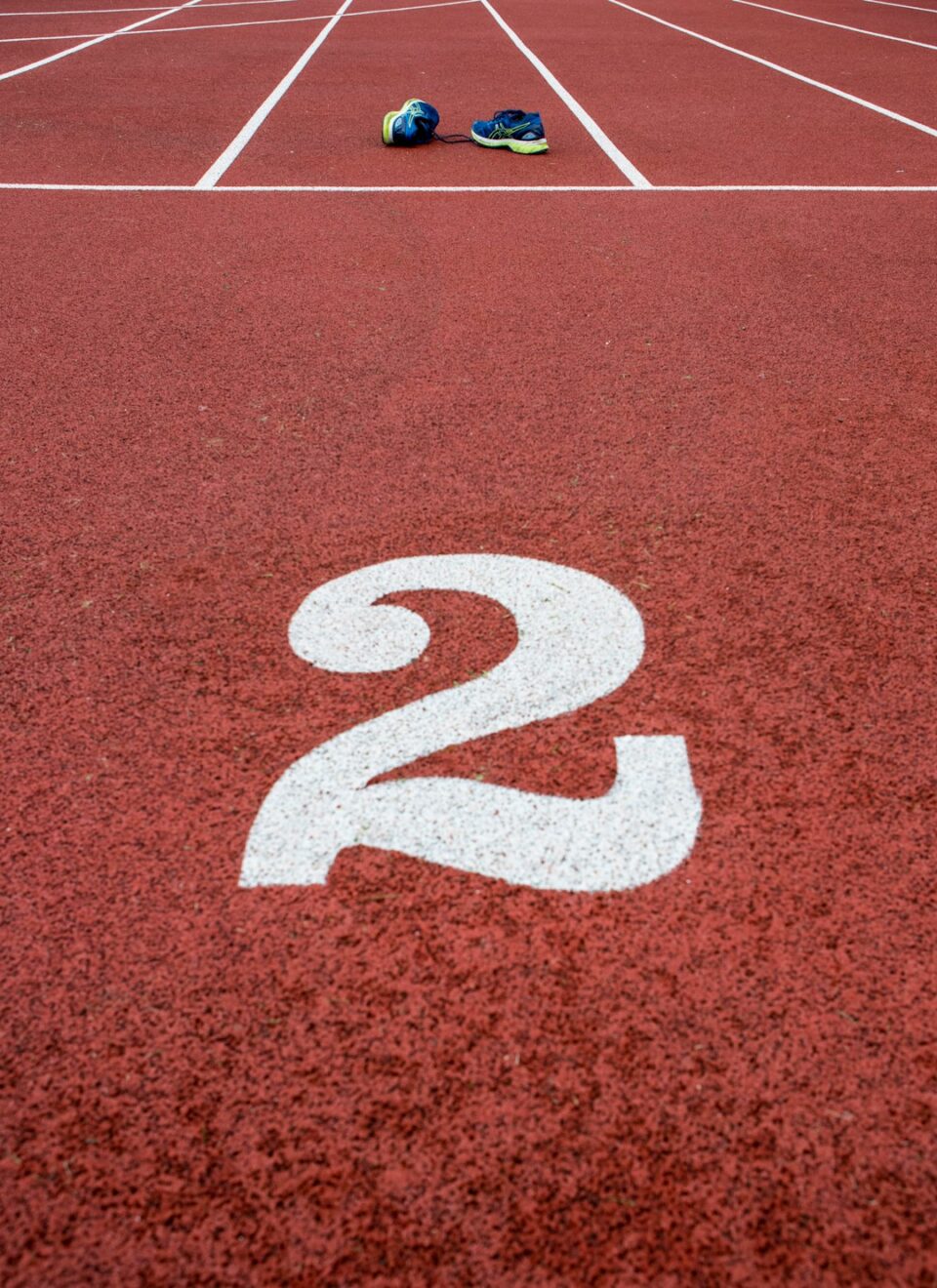Rest and recovery are often overlooked aspects of sports training, but they are crucial for achieving optimal performance and preventing injuries. In today’s competitive sports environment, athletes are constantly pushing their bodies to the limit in order to gain a competitive edge. However, without adequate rest and recovery, athletes may find themselves facing burnout, overtraining, and increased risk of injuries.
Rest and recovery are essential for several reasons. Firstly, rest allows the body to repair and rebuild muscle tissue that has been broken down during training sessions. This process, known as muscle protein synthesis, is crucial for muscle growth and adaptation to training. Without adequate rest, athletes risk compromising their gains in strength and endurance.
Additionally, rest and recovery play a key role in preventing and managing injuries. Intense training sessions put a lot of stress on the muscles, joints, and connective tissues, increasing the risk of strains, sprains, and other injuries. Rest allows these tissues to heal and reduces the risk of overuse injuries that can result from continuous training without breaks.
Furthermore, rest and recovery are important for mental well-being. Training at a high level requires focus, determination, and mental toughness. Without adequate rest, athletes may experience decreased motivation, increased feelings of fatigue and irritability, and decreased performance. Rest allows athletes to recharge both physically and mentally, leading to better performance and overall well-being.
There are several strategies that athletes can use to enhance their rest and recovery. One of the most important is to prioritize sleep. Sleep is essential for muscle repair, hormone regulation, and overall recovery. Athletes should aim for 7-9 hours of quality sleep each night, and should prioritize sleep hygiene practices such as creating a dark, quiet sleep environment, avoiding screens before bed, and establishing a consistent bedtime routine.
In addition to sleep, athletes can benefit from incorporating active recovery into their training programs. Active recovery refers to low-intensity exercise or activities that promote blood flow and help to flush out metabolic waste products from muscles. This can include activities such as light jogging, swimming, yoga, or foam rolling. Active recovery can help to speed up the recovery process and reduce muscle soreness.
Another important aspect of rest and recovery is nutrition. Proper nutrition plays a key role in replenishing energy stores, repairing muscle tissue, and supporting overall recovery. Athletes should aim to consume a balanced diet that includes a mix of carbohydrates, protein, and healthy fats. Additionally, athletes should pay attention to their hydration levels, as dehydration can hinder recovery and impair performance.
Finally, athletes should listen to their bodies and pay attention to signs of overtraining. Overtraining occurs when athletes push themselves too hard without giving their bodies adequate time to rest and recover. Signs of overtraining can include decreased performance, persistent fatigue, irritability, and increased risk of injuries. If athletes are experiencing these symptoms, it may be necessary to take a break from training or reduce training intensity to allow for proper recovery.
Rest and recovery are essential components of sports training that are often overlooked. By prioritizing rest, athletes can optimize their performance, prevent injuries, and improve overall well-being. Incorporating strategies such as prioritizing sleep, incorporating active recovery, focusing on nutrition, and listening to their bodies can help athletes to achieve their full potential and reach their goals in sports.
In conclusion, rest and recovery are crucial elements of sports training that should not be underestimated. Athletes who prioritize rest and recovery will see improvements in performance, decrease their risk of injuries, and enhance their overall well-being. By incorporating strategies to enhance rest and recovery into their training programs, athletes can optimize their training and achieve their full potential in sports.

